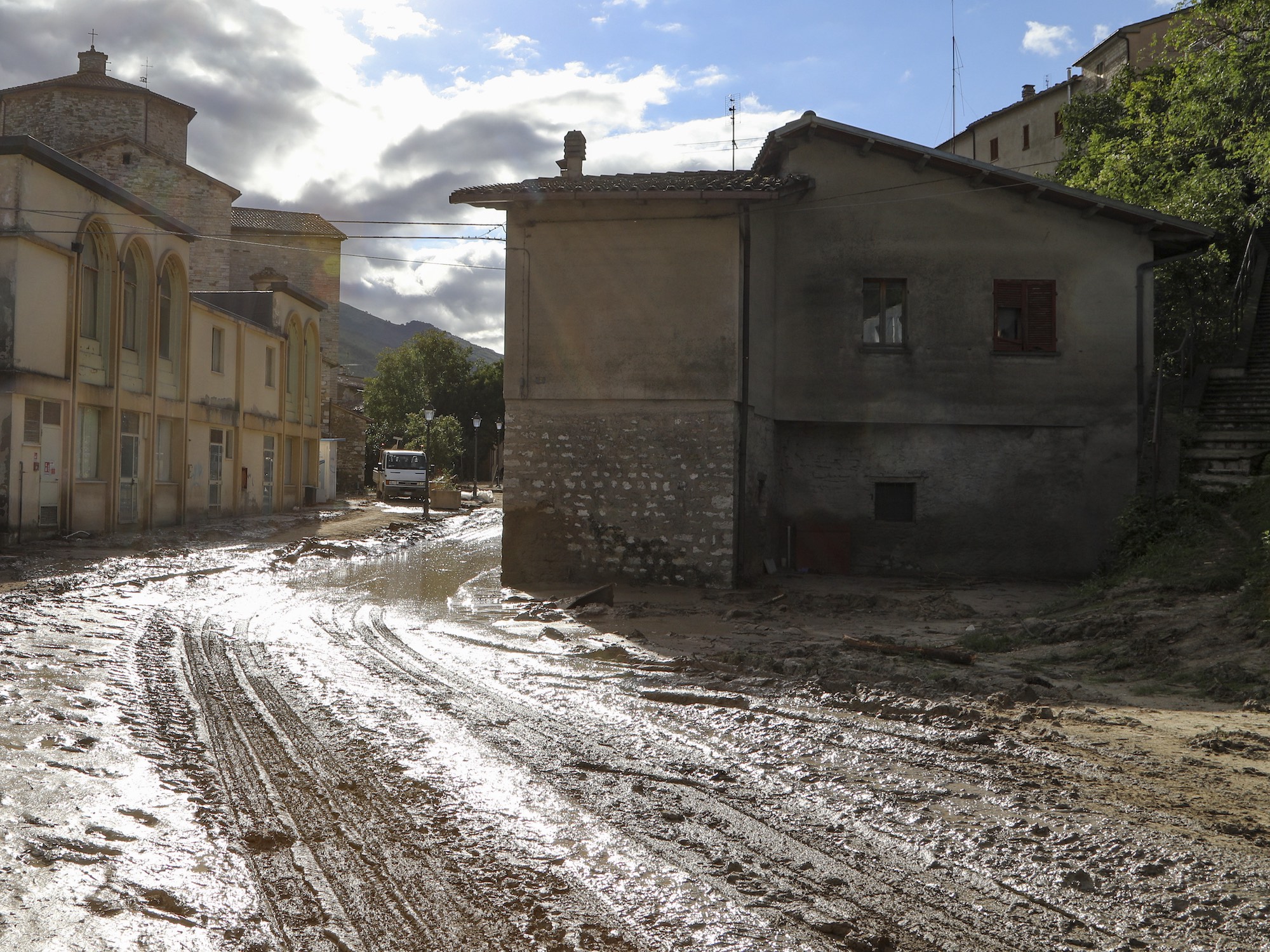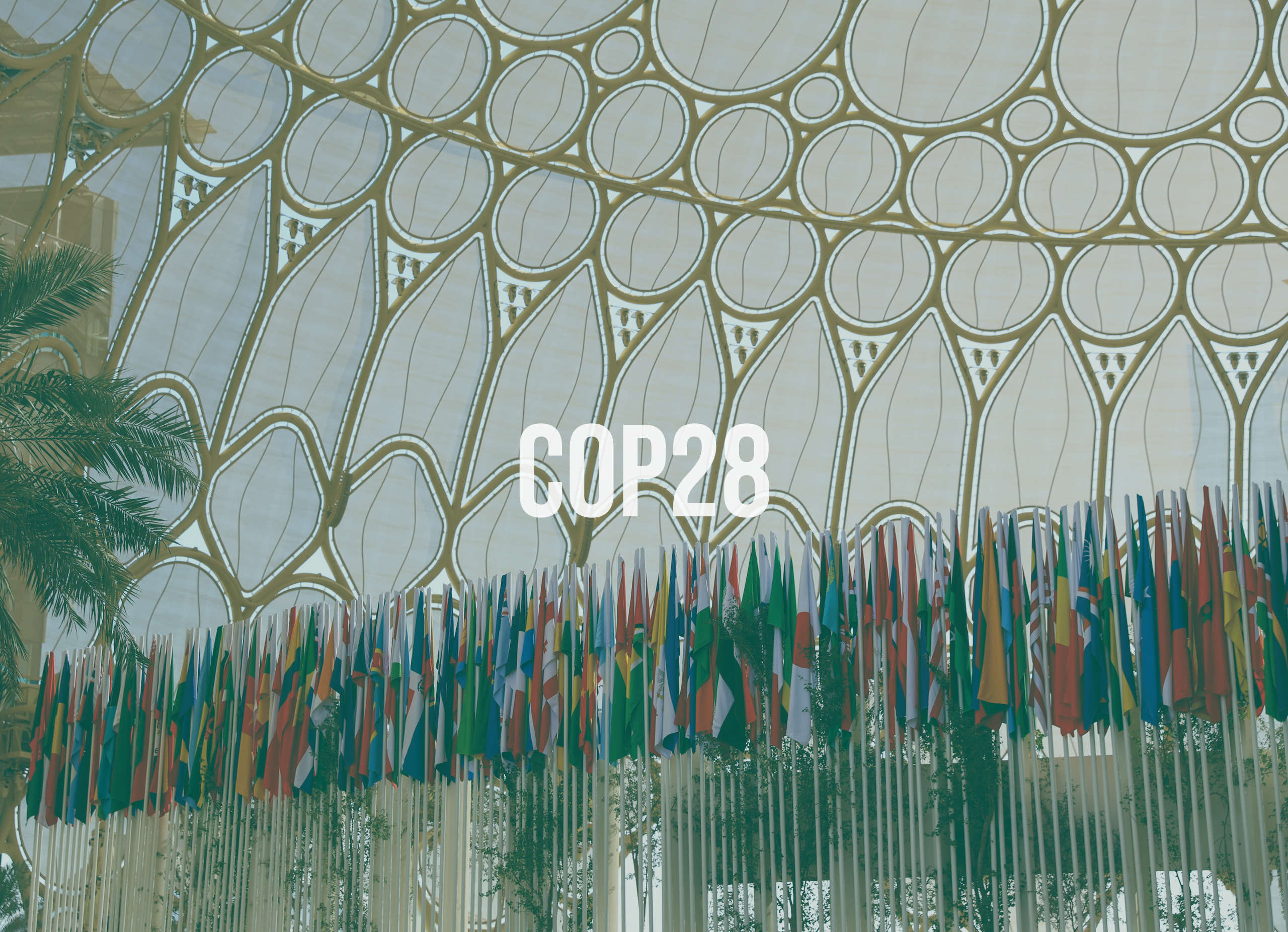It’s in the sea, bottom sediments and biota. It’s widely distributed on coastlines. Plastic marine debris observed in the Mediterranean Sea poses considerable risk to ecosystems and human health, causing adverse economic impacts on coastal communities. The total annual input of plastic in the Mediterranean Sea is currently estimated to be 100,000 tons per year: total coastal population inputs (50%) account for 50,000 tons of plastic per year, total river-born plastic inputs (30%) account for 30,000 tons of plastic per year and a total plastic input (20%) of 20,000 tons per year is distributed along shipping lanes. The spatial and temporal distributions of plastics in the marine environment depend on input locations and time-varying intensity of sources, but also ocean currents, waves, and wind control the transport of plastics, redistributing them at sea until they eventually wash ashore or sink.
A study developed in the framework of AMAre – Actions for Marine Protected Areas project and recently published on Marine Pollution Bulletin (among the authors, CMCC researcher S. Liubartseva, lead author of the study, G. Coppini and R. Lecci of OPA Division) tracked the transport and fate of plastic marine debris in the Mediterranean Sea, embracing its three environmental compartments: the sea surface, coastlines, and the sea bottom. To achieve this objective, an ensemble of more than 10 billion virtual particles has been tracked from anthropogenic sources, such as coastal cities, rivers and shipping lanes, to environmental destinations (sea surface, coastlines, seabed) over 2013–2017. Transport of plastics is forced by the high-resolution sea surface kinematics provided by the CMEMS operational oceanography framework.
Results show that plastics mainly accumulate on the coastlines and sea bottom and the former sink greatly dominates the latter one: terrestrial plastics (from coastal human populations and rivers) reside for ∼ 7 days at the sea surface, while the plastics from shipping lanes have a mean residence time of 80 days, not allowing any long-term accumulation at the sea surface.
In Italy, the study shows the dominant role of the Po river input of plastics and the Western Adriatic Coastal Current, leading to a high flux of plastics in the Po Delta and Emilia-Romagna (18 kg per km2 per day) and Marche coasts (almost 13 kg per km2 per day). Also the coasts of the Venice Lagoon, Campania and Liguria show a high flux of plastics, primarily due to the densely populated and urbanized coastal area and rivers. Quite the opposite, the Island of Sardinia shows very low concentrations of plastics.
At the basin scale, the study identified the coastlines with the highest plastic fluxes: the most contaminated areas are located in the Cilician sub-basin (Turkey), in the Catalan Sea (Spain), Israel, and near the aforementioned Po River Delta and Venice Lagoon (Italy). Also, highly polluted local patches in the vicinity of sources with limited circulation are identified, e.g., the Gulf of Izmir (Turkey), the Saronic Gulf (Greece), the Mouth of the Buna-Bojana River (Montenegro), the Gulf of Naples (Italy), the Gulf of Marseille (France), and the Valencia Gulf (Spain).
In contrast, the Aegean Sea (south coast of Crete) and the coastlines of the Balkans are identified as relatively low-polluted areas. This phenomenon might be explained by a “filtering effect” of the complex coastlines composed of innumerable bays, inlets and many small islands. However, such a long coastline requires local coastal inhabitants of Greece, Albania, Montenegro, Croatia, and Slovenia to expend significant efforts toward clean up in time to prevent the formation of secondary microplastics.
Interestingly, the plastic pollution of almost every country’s coastline seams mainly caused by its own terrestrial sources of plastics, in a sort of “boomerang effect”: the results show in fact that in the majority of Mediterranean countries more than 50% of plastics come from their own terrestrial inputs.
In Italy, almost 80% of plastics come from its own terrestrial sources. Such a high percentage is also typical of Turkey, Morocco, Israel, Spain, France, Syria, Egypt, Albania, and Tunisia. Only Malta receives more maritime plastics (78%) than plastics from its own terrestrial sources.
The results obtained can be used to fill gaps in monitoring of plastic pollution and optimize clean up activities in the Mediterranean Sea. Additionally, the solution obtained could provide open boundary conditions for regional and coastal models of marine debris transport and fate.
For further information, read the full version of the paper:
Liubartseva S., Coppini G., Lecci R., Clementi E. Tracking plastics in the Mediterranean: 2D Lagrangian model, 2018, Marine Pollution Bulletin, Volume 129, Issue 1, Pages 151-162, ISSN 0025-326X, DOI: 10.1016/j.marpolbul.2018.02.019
The team of authors was led by researcher Svitlana Liubartseva (OPA – Ocean Predictions and Applications).
This study has been carried out in the framework of the AMAre Project (Actions for Marine Protected Areas) funded by Interreg MED Programme 2014–2020.
Read also the paper:
Liubartseva S., Coppini G., Lecci R., Cretì S.
Regional approach to modeling the transport of floating plastic debris in the Adriatic Sea
2016, Marine Pollution Bulletin, Volume 103, Issues 1–2, Pages 115–127, DOI: 10.1016/j.marpolbul.2015.12.031, web page
This work has been supported by the DeFishGear (Derelict Fishing Gear Management System in the Adriatic Region project






